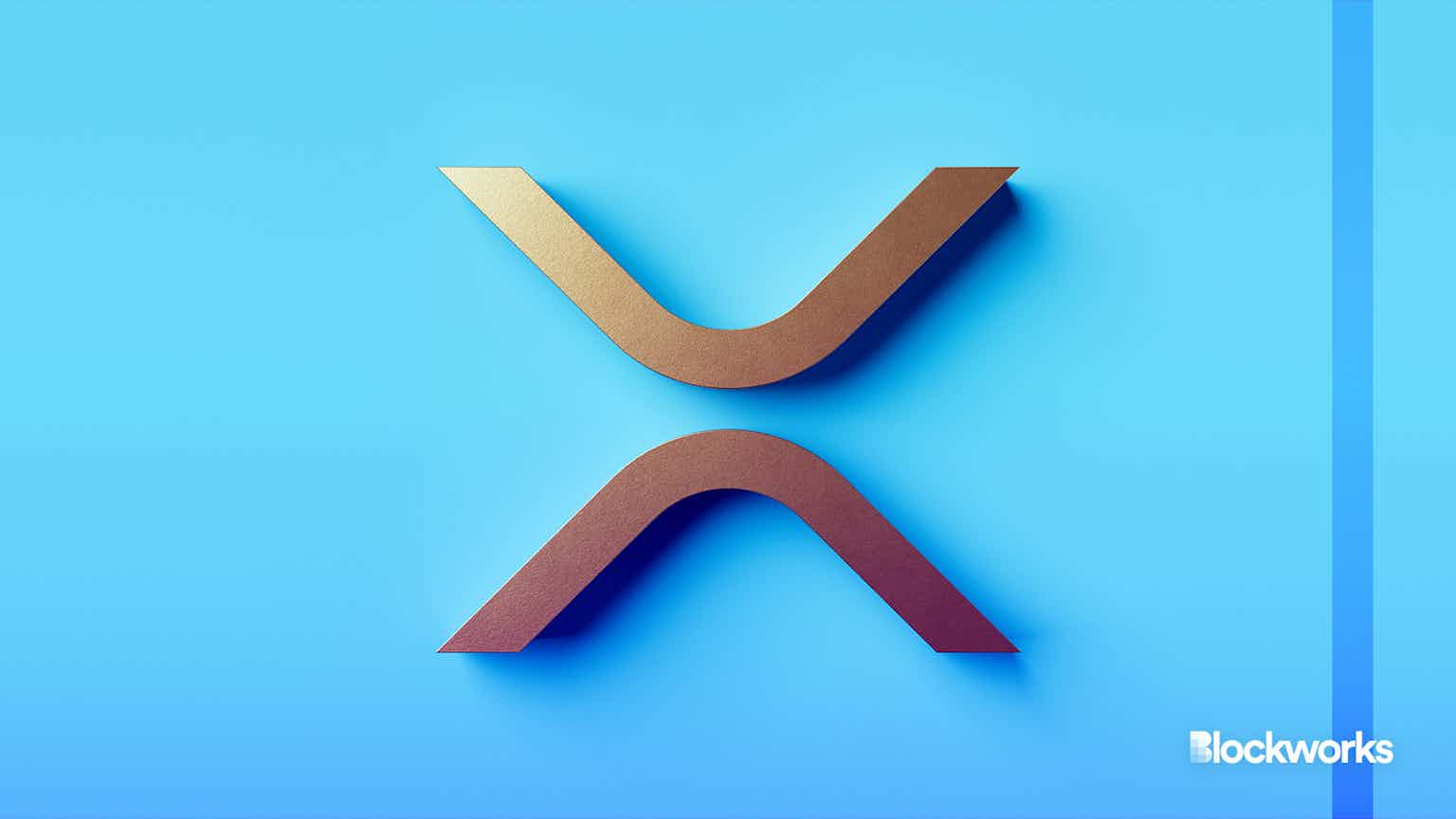Crypto ETFs Sank in 2022, but These 3 ‘Blockchain’ Funds Beat Bitcoin
Amplify’s actively managed BLOK fund is down more than 60% year to date, but how did its index-tracking competitors do?

Sodel Vladyslav/Shutterstock.com modified by Blockworks
The crypto industry has been rocked by several segment-altering events this year, which did not bode well for ETFs seeking to give investors exposure to the space and those adjacent to it.
While there’s still a week left of bitcoin trading, and a few days left for equities, fund returns in the space have mostly mirrored, or done worse than, the price of bitcoin, which is down 65% in 2022.
“Ultimately, the fate of these funds remains closely tied to the success of bitcoin and other cryptocurrencies,” said Bryan Armour, Morningstar’s director of passive strategies. “These are all high-risk strategies with an uncertain future.”
Yet, naturally, some did less bad than others.
The segment’s largest funds
The largest blockchain ETF — actively managed Amplify Investments’ Transformational Data ETF (BLOK) — is down about 63% year to date. The fund, which launched in January 2018, has about $360 million in assets — off its high of more than $1 billion.
BLOK’s top holdings include Accenture, IBM, GMO Internet Group, SBI Holdings and CME Group.
The Amplify fund’s largest passive competitors, the First Trust Indxx Innovative Transaction & Process ETF (LEGR) and the Siren Nasdaq NexGen Economy ETF (BLCN), are down roughly 23% and 53%, respectively, year to date.
LEGR has 102 holdings, with its top names including Infineon Technologies, SAP, Nordea Bank, Engie and Honeywell International. The fund launched in 2018 and has nearly $110 million in assets.
“The truth of diversification being the only free lunch in investing still rings true in the digital asset space,” Armour told Blockworks, noting LEGR’s high number of holdings.
Nate Geraci, president of The ETF Store, added that LEGR takes a much broader view of what constitutes exposure to blockchain technology, which has been beneficial in the current environment.
Meanwhile, BLCN puts the highest weighting toward Coinbase, followed by GMO Internet Group, Advanced Micro Devices, IBM and SBI Holdings. The fund has $87 million in assets.
Active versus passive?
Active managers weren’t necessarily more adept at navigating the market turmoil in 2022, according to Armour.
“This isn’t to say passive funds are always a better option,” he said. “Investors should pay close attention to each fund’s strategy and costs.”
Michael Venuto, a portfolio manager of BLOK, argued that while BLCN has posted better returns than BLOK this year, LEGR moved away from focusing on the blockchain space after it launched the First Trust SkyBridge Crypto Industry and Digital Economy ETF (CRPT).
LEGR tracks the performance of an index of companies that are “actively using, investing in, developing, or have products that are poised to benefit from blockchain technology,” according to fund documents. A First Trust spokesperson did not return a request for comment.
Venuto said he visits crypto mining facilities and regularly speaks with the management teams of new and established companies in the blockchain space when making allocation decisions.
“It doesn’t feel like it’s added as much value as I’ve wanted this year, but I still think that investors are much better off with an active fund,” Venuto said.
“Being active lets us engage with newer players or converted players early before the passive funds see it.”
While broader investment mandates helped funds like LEGR, other smaller passive crypto-related ETFs suffered more than BLOK.
The VanEck Digital Transformation ETF (DAPP) is down about 85% year to date. DAPP is down as much as it is because of its more targeted exposure to crypto miners and exchanges, Geraci said. Coinbase and Riot Blockchain are top-five holdings.
Others down more than 80% in 2022 are CRPT, the Global X Blockchain ETF (BKCH), the Bitwise Crypto Industry Innovators ETF (BITQ) and the Viridi Bitcoin Miners ETF (RIGZ).
“The good news is that outside of a very small handful of these crypto ETFs, assets are extremely light,” Geraci said. “Investors have mostly stayed away from this ETF segment.”
He and others have said space is oversaturated and that they expect some of these ETFs to close.
BLOK’s positioning for 2023
Venuto previously told Blockworks that Amplify’s fund is willing to “hide out in high-quality names” that are tangentially participating in the blockchain industry amid extreme crypto market turbulence.
He said this week that heading into 2023, the fund is allocating about as conservatively as it ever has.
“We’re still down 60%…so it wasn’t conservative enough, I guess,” Venuto added. “But we’re doing some new things to get even more conservative.”
BLOK’s exposure to miners is the lowest it’s ever been, for example, as it holds six such companies. Venuto said he is highest on Riot Blockchain, a company with no debt. Riot’s weighting in the fund amounts to about 2.4%, its 13th-highest holding of 48 total.
“Debt has been what’s killing these companies, causing Core [Scientific] to go into bankruptcy and causing Argo [Blockchain] to be threatening [bankruptcy],” the portfolio manager said.
Coinbase is another stock BLOK has its eye on for 2023.
Though Venuto said he believes Coinbase is set to benefit long-term from the fallout of unregulated exchanges, such as FTX, it has not yet added to its position. Like Riot, Coinbase accounts for about 2.4% of BLOK.
“Until there are some signs that the crypto winter is coming to an end, it’s too early for us to allocate more to it,” he said of Coinbase. “There’s potentially more pain even though we know long-term they’re going to benefit.”
Start your day with top crypto insights from David Canellis and Katherine Ross. Subscribe to the Empire newsletter.





